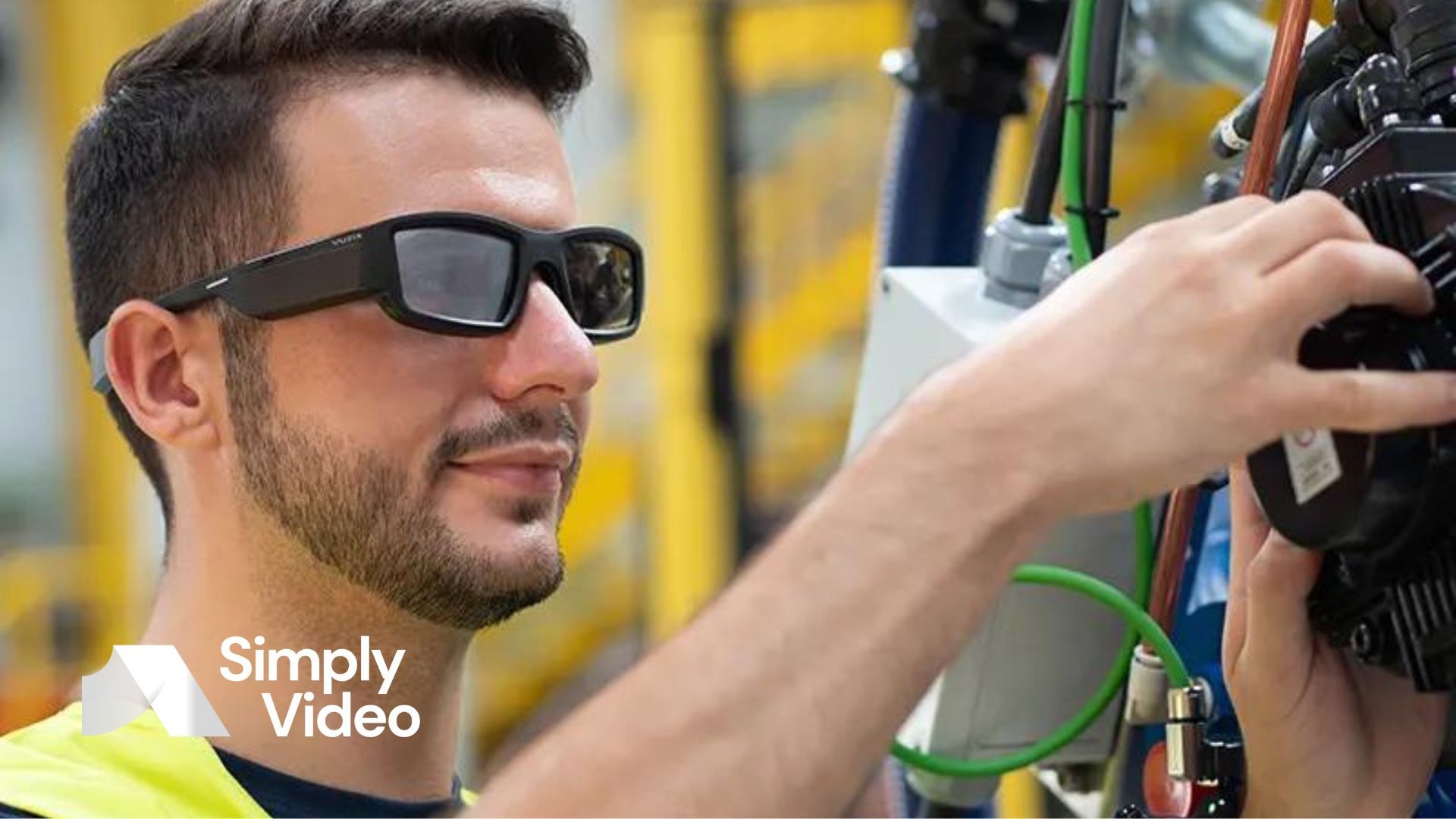Measuring XR ROI: 5 metrics to track for business success
Learn how to measure the ROI of XR implementation in your business with these 5 metrics. Improve training, safety and productivity – and reduce costs.

Extended Reality (XR) is becoming increasingly popular in various industries, acting as a crucial component of many organisations' digital transformation. Following the sudden and long-lasting impact of the COVID-19 pandemic, it comes as no surprise that technological investment and software that merges physical and digital spaces have become a priority for organisations.
However, it can be difficult to pitch these powerful and transformative tools to the board, especially if you're not 100% clear on how you can measure the ROI of XR implementation.
Well, we're here to clear things up.
We understand that to justify the investment in XR technology, companies need to track specific metrics that show how XR is benefitting their business.
That's why we've lined up five metrics that businesses can track to measure the ROI of XR technology.
1. Training efficiency
One of the most significant benefits of XR technology is that it can improve the efficiency of employee training.
Using XR technology, businesses can create immersive and interactive training simulations that allow employees to gain practical experience in a safe and controlled environment. This can be particularly valuable for industries such as healthcare, aviation and manufacturing, where employees need to learn complex procedures and processes in low-risk settings.
To measure the ROI of XR in training, businesses can track metrics such as the time taken for employees to complete training, the number of errors made during training and the overall performance of each individual following the training.
By comparing these metrics to traditional training methods, businesses can determine how much time and money they save by using XR technology.
2: Workplace accidents
Safety should always be a top priority, no matter what industry you're operating within.
XR technology can help reduce workplace accidents by providing employees with realistic simulations of potentially dangerous situations. By using XR technology, businesses can train employees to handle emergencies, such as fires or chemical spills, without exposing them to any real risk.
To measure the ROI of XR in safety training, businesses can track metrics such as the number of accidents or incidents that occur in the workplace before and after the implementation of XR technology.
By comparing these metrics, businesses can determine whether XR technology has led to a significant reduction in workplace accidents and the way people are able to respond to them with clarity and confidence.
3. Productivity
At SimplyVideo, we believe that increased productivity speaks volumes when it comes to analysing the ROI of XR tech and software.
With our XR-enabled videoconferencing platform, employees can collaborate in real time, regardless of their location. This can help reduce the time and costs associated with travel.
Additionally, many XR headsets – such as the RealWear HMT-1 – allow for easy access to crucial documentation and instructions. This can help engineers, for instance, complete tasks without relying on clumsy, potentially unsafe paper manuals or smartphones.
To track the ROI of XR technology, businesses can analyse various data points such as the time taken to complete tasks, the number of tasks completed and the overall workflow efficiency.
By comparing this data before and after the implementation of XR, businesses can determine whether there has been a significant productivity improvement.
Moreover, businesses can conduct surveys to gather feedback from employees on their satisfaction and perceived productivity levels before and after said implementation.
This information can be used to calculate the ROI of XR technology and determine whether it is a worthwhile investment for the business going forward.
4. Maintenance and upskilling
XR technology can also be used to improve the efficiency of maintenance operations. By using AR or MR, maintenance technicians can visualise equipment and machinery in real time, making it easier to identify issues and perform repairs quickly and accurately.
XR, in this use case, reduces the margin for error when it comes to maintenance and repairs, both things that can be timely and expensive components of a business, for any organisation (especially when things go wrong).
And with the help of remote assistance, skilled individuals can perform complex tasks usually reserved for senior technicians. You can see how this can save time and make for a much more hands-on and efficient approach to onsite learning.
If less experienced employees can accelerate their training with the use of XR, it is no wonder that businesses are using employee proficiency to measure the ROI of XR technology.
5: Cost savings
Finally (and probably most obviously), businesses can measure the ROI of XR technology by tracking cost savings across all the above-mentioned areas. Not only that but by using XR technology, businesses can reduce costs associated with travel, equipment and material expenses.
Using XR for remote collaboration reduces the need for employees to travel to different locations, without having any adverse impact on productivity. This is allowing businesses to reduce their costs, as well as their carbon footprint.
A positive investment
Measuring the ROI of XR technology can be challenging, but it is by no means impossible – especially once you know where to look.
By tracking metrics related to training efficiency, workplace safety, employee engagement, maintenance efficiency and cost savings, businesses can determine whether XR technology has provided a positive return on investment.
While XR technology is constantly evolving, it has already proven to be a valuable tool for businesses in various industries. Tracking these metrics can help businesses make data-driven decisions about their future investments in the XR space.
Ready to experience the transformative power of XR for yourself? Why not try out SimplyVideo, an XR video collaboration and
remote assistance platform? Sign up for your free, 30-day trial
here.












